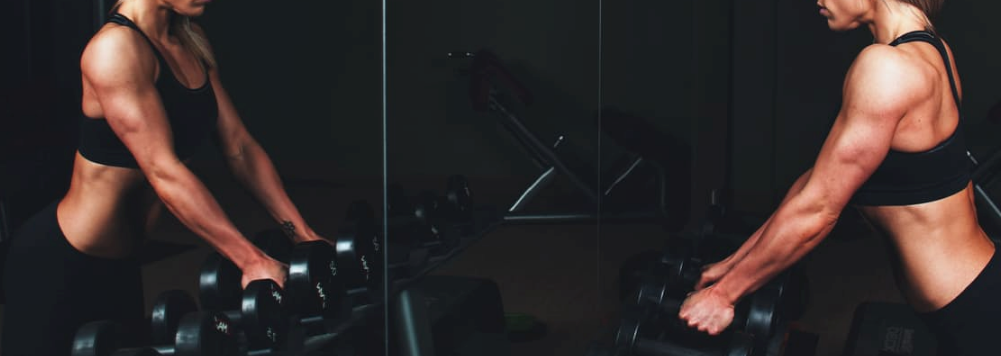YouGov Profiles data suggests that strength training is no longer a niche pursuit among women – it’s a growing lifestyle, and one that brands would be wise to pay attention to. About 24% of women who work out on their own say they do so using weights or bodyweight exercises, while 13% of women with gym or studio memberships say they go specifically to build muscle or get more toned. Women in both these groups tend to be younger, more affluent, and more receptive to advertising than the average woman. And while some prefer gyms and studios and others train on their own, both segments show strong potential for brands looking to engage a wellness-conscious female audience.
Looking at age, the strength training crowd is younger than the average female consumer. Among women who go to the gym to build muscle or get toned, 29% are aged 25 to 34 – compared to 17% of all women. Those who work out on their own show a similar trend, with 22% in that same age bracket. Both groups are also more likely to be higher earners: 14% of gym-goers and 11% of solo strength trainers fall into the highest income bracket (more than 200% of the median), compared to just 7% of all women.
They’re also more likely to say they enjoy advertising, particularly through digital channels. While 30% of all women like TV ads, that figure is slightly lower among strength-training women. But online ads – including those on apps, social networks, and streaming platforms – perform better: 47% of gym strength trainers and 43% of solo exercisers say they enjoy them, compared to 36% of women overall. Podcast ads also overperform: 21% of gym-based strength women and 15% of solo trainers like them, versus 9% of women overall.
That interest extends to how and when these women listen to podcasts. Nearly a third of gym strength women (29%) and a quarter of solo trainers (24%) say they listen to podcasts while working out, more than double the rate among all women (12%). And although 30% of strength-focused women say they skip podcast ads (vs. 22% of all women), others either tolerate them or find them engaging. About 15% of gym strength women say they don’t find podcast ads intrusive and that they’re interesting, triple the rate of the general female population (5%). When it comes to platforms, 37% of gym women and 30% of solo exercisers use Spotify for podcasts (vs. 20% of all women), followed by Apple Podcasts (21% gym, 17% solo, 10% all) and Amazon Music (16% gym, 13% solo, 9% all).
While influencer marketing may not resonate equally across all consumer segments, strength-focused women appear more receptive than most. The clearest standouts are culinary and lifestyle creators: Nick DiGiovanni and Tarik both hold an Index score of 228, with 18% and 17% of solo strength-training women, respectively, expressing positive opinions – more than double their popularity among women overall (8%). Emma Chamberlain follows with an Index of 183 (22% vs. 12%), while David Chang (179), Meghan Rienks (174), and Safiya Nygaard (162) also see a lift in favorability. Michelle Phan (25% vs. 16%, Index 159), PewDiePie (24% vs. 16%, Index 156), and Alexa Chung (21% vs. 14%, Index 145) round out the top ten. These names span categories, from food to beauty to lifestyle, suggesting that influencers outside the fitness space still hold strong brand equity among this segment.
These preferences are supported by attitudes as well. A quarter of solo strength-training women (25%) say they compare themselves to fitness influencers on social media, higher than among all women (15%). And while influencer trust is still selective, 23% of strength-training women say they trust products recommended by celebrities or influencers, compared to 19% of all women.
Altogether, strength-focused women combine traditional fitness goals with distinct preferences in how they consume content and engage with brands. Their media habits lean digital, their influencer preferences extend beyond fitness, and their motivations are specific. For marketers in wellness, fitness, apparel, and even entertainment, this audience presents a defined and data-backed opportunity – one shaped not just by what women are doing to stay fit, but by where they’re listening, watching, and forming brand connections.
